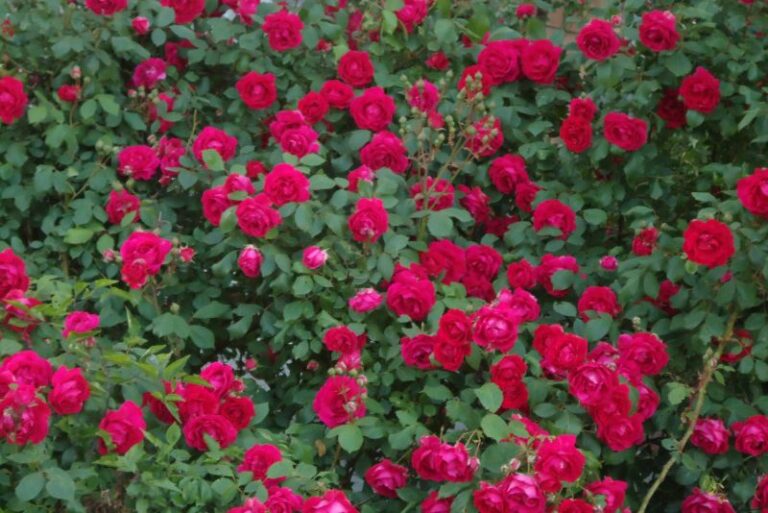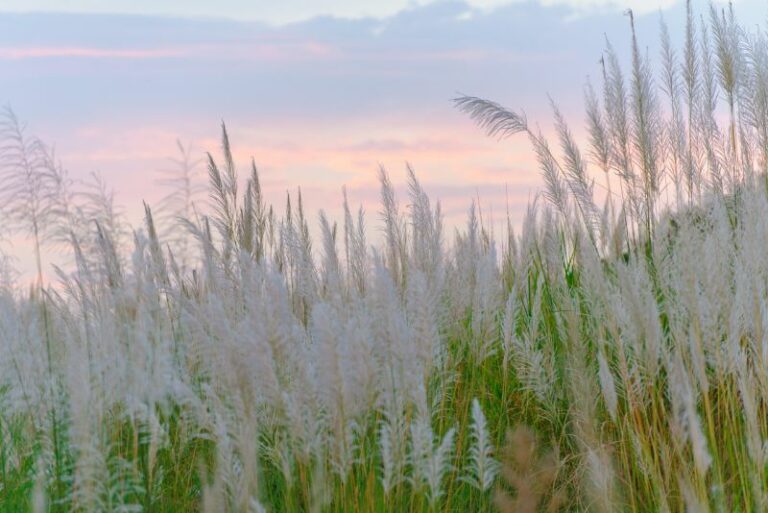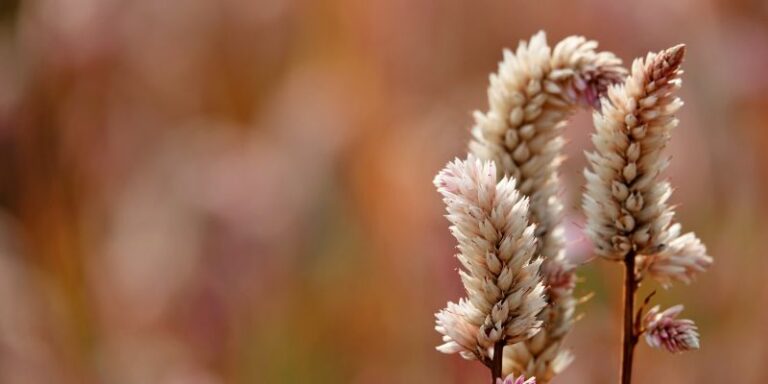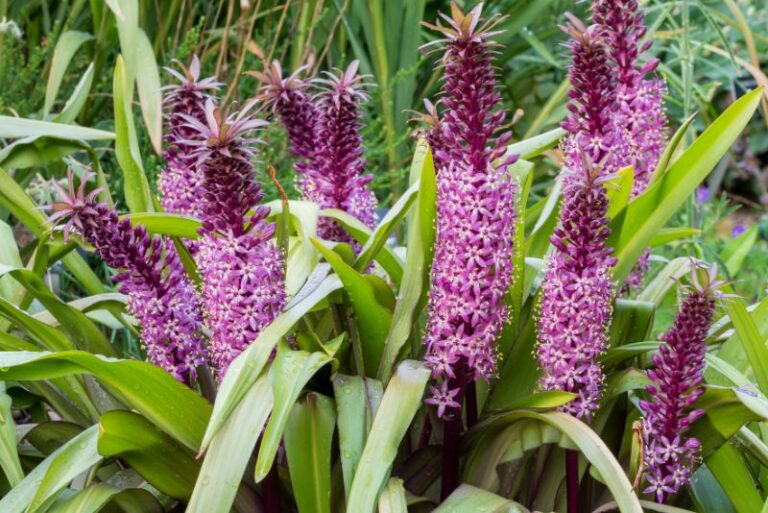Decoding Fuchsia Plants: Are They Perennials or Annuals?
In the vibrant world of gardening, few flowers captivate quite like the stunning fuchsia. With their pendulous, multi-colored blooms, fuchsias are the belle of any garden ball, attracting hummingbirds and human eyes alike. But for gardening aficionados, a critical question often arises about these showstoppers: Are fuchsia plants perennials or annuals? Understanding the lifecycle of these floral wonders isn’t just about botanical trivia; it’s foundational to nurturing them through the seasons and witnessing their full splendor. Let’s delve into the mystery of the fuchsia plant, examining the scientific basis and practical implications of their lifespan.
Understanding Fuchsia Plants
Fuchsia plants are renowned for their unique flowers, available in a kaleidoscope of colors from bold, electric hues to soft, pastel shades. They typically feature a distinctive, teardrop-shaped bloom with vivid, cascading petals. Beyond their aesthetic appeal, fuchsias are notable for their diversity, with over 100 species and thousands of cultivars adapting to various climates around the world. Most fuchsia varieties are known for their high tolerance to partial shade, making them a garden favorite for those challenging areas with less sunlight. Yet, despite their popularity, there’s some confusion over their temporal identity as annuals or perennials.
Characteristics of Fuchsia Plants
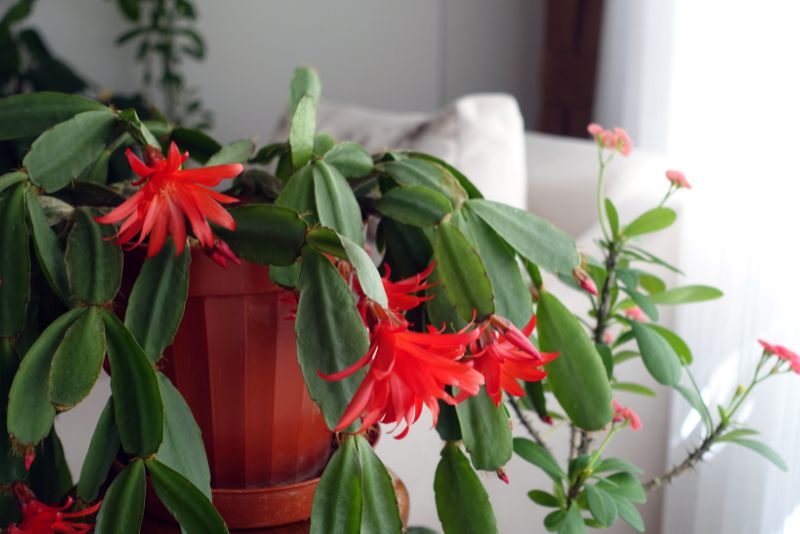
Fuchsia plants are characterized by their shrub-like growth habit, with many varieties well-suited for hanging baskets or as potted plants. They typically have dark green leaves that provide a striking contrast to their colorful blooms. Fuchsias are part of the Onagraceae family, which also includes evening primrose and willowherb.
Differences Between Perennials and Annuals
To understand whether fuchsia plants are perennials or annuals, it’s crucial to grasp the distinction between the two categories. Perennials are plants that live for more than two years, returning year after year, whereas annuals complete their lifecycle in a single growing season. Biennials are a third category that live for two years, typically flowering, seeding, and dying in the second year. This differentiation is based on the plant’s native lifecycle and can be modified by climate, environmental conditions, and cultivation practices.
Perennial or Annual: Deciphering the Lifecycle
So, which is it? Are fuchsias perennial or annual plants? The answer isn’t straightforward. Many fuchsias are classified as half-hardy perennials, meaning they can survive through the winter in milder climates but may act as annuals in colder regions. The key to determining whether a specific fuchsia plant is perennial or annual lies in understanding the factors influencing its lifecycle.
Factors Influencing Fuchsia Plant Categorization
The lifecycle classification of a fuchsia plant can be influenced by several factors. Knowledge of a fuchsia variety’s natural habitat and dormant period can provide insight into its perennial tendencies. Additionally, understanding local climate conditions and the care it receives can help gardeners predict how a fuchsia will behave over time.
Discussion on Their Growth Behavior
Fuchsias typically grow fast, producing abundant blooms throughout the summer. As the days grow shorter and temperatures drop, many varieties will slow their growth and enter a dormant state. For some fuchsias, this is the signal to shed their leaves and flowers, retreating into their roots for the winter. In climates with mild winters, fuchsias can emerge again in the spring, behaving like true perennials. In colder climates, they may need to be overwintered indoors to survive, acting as annuals in the garden.
Caring for Fuchsia Plants
The care required for fuchsia plants varies depending on their classification and the climate of one’s garden. Whether perennial or annual, proper care can help these plants thrive.
Tips for Maintaining Fuchsia Plants Year-Round
For fuchsias that are truly perennial in a given area, it’s essential to protect them from harsh winter conditions. This can include mulching the base of the plant, moving containers to a protected area, and reducing watering to accommodate their dormant period. Proper care in the spring, such as pruning and feeding, can help maximize the plant’s potential for the coming year. For annual fuchsias, regular maintenance during the growing season, including deadheading spent flowers, can encourage prolonged blooming and a healthy plant.
Pruning, Watering, and Sunlight Requirements
Pruning is a vital component of fuchsia care, helping to maintain a desirable shape and encouraging new growth and flowering. Watering practices should be adjusted seasonally, with fuchsias needing more water during active growth and less during dormancy. Sunlight requirements vary by variety and climate. Most fuchsias prefer partial shade, but high-latitude gardens may find them thriving in full sun while equatorial gardens may require more shade.
Appeal to Gardening Enthusiasts
Fuchsias are more than just plants—they’re a canvas for creativity in the garden. Their vibrant flowers and adaptable nature make them excellent choices for a range of projects and garden designs.
Highlighting the Beauty and Versatility of Fuchsia Plants
Fuchsias’ beauty isn’t limited to their blooms. The variety of foliage colors and the flexibility of their growth make them suitable for both formal and informal settings. From accent plants in a mixed border to the centerpiece of a woodland garden, their grace and charm can elevate any space.
Encouraging Experimentation in Gardening Practices
Gardening is as much an art as it is a science, with fuchsias offering a wonderful opportunity for experimentation. Trying different care regimens, planting in various locations, and even hybridizing different fuchsia species can lead to exciting and unique results.
Conclusion
In conclusion, the question of whether fuchsia plants are perennials or annuals requires a nuanced understanding of plant biology and the specific conditions in which they are grown. For many gardeners, fuchsias are both: a summer spectacle and the promise of renewal, persistence, and color in the years to come. As we navigate our gardens and revel in the cycles of life, fuchsia plants serve as a beautiful reminder of the magic that happens when we tend to the living things around us. So, the next time you encounter a fuchsia in bloom, take a moment to appreciate the journey it’s been on and the one still unfolding. And perhaps, in that fleeting moment, you may have unraveled the age-old mystery of this perennial favorite in the world of horticulture.

